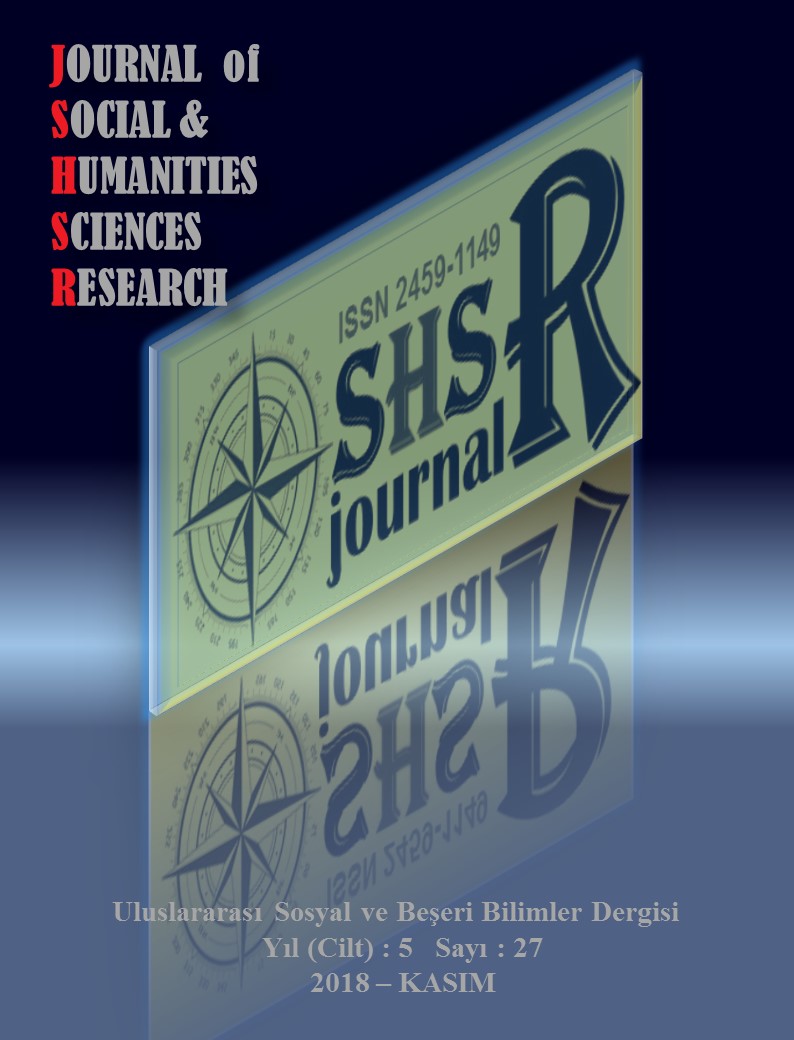A BRIEF HISTORY OF CINTEMANI PATTERN
DOI:
https://doi.org/10.26450/jshsr.672Keywords:
Cintemani, Chinese cloud, Dragon, Eye of the tigerAbstract
The present study focuses on Cintemani (three spots) pattern, investigating the meaning of the work, the form and colors of the pattern, as well as its use cases and purposes over a number of clothing items, objects and fabrics from Chinese, Uigur, Seljuk, Ottoman and Turkish states. Throughout the history human beings had always believed in charm and spells, and sought for means to provide protection against evil eye, and malicious elements. Evil eye talismans, lucky charms, blue color, a small piece of date palm hanging from one’s shoulder or above his head, keeping a written prayer against evil eye somewhere on one’s body were some of the rituals employed for this purpose. The use of the cintemani pattern on kaftan robes and clothing items, garments and clothing parcels is also associated with these motives. Human beings applied every pattern with an inexplicable yet believed effect, power, or charm on, in or with their personal belongings. Through intercultural exchanges and influences, cintemani pattern went through some small changes, but still survived to date in an essentially discernible form. Along with patterns comprising one, two or three sets of nested circles, compositions were designed using figures styled with inspiration from Dragons, and called Chinese cloud. What is the first thing one thinks about upon hearing the term cintemani? Where do its true roots lie? Is it a Chinese pattern? Or an Uigur one? Or one with Seljuk, Ottoman, or Turkish origins? What does it stand for? all these questions were investigated to date to a certain extent. However, Chinese experts claim that cintemani is a Chinese invention, while Turkish ones argue that the robes and garments as well as clothing parcels of Seljuk and Ottoman sultans contained this pattern in the form of Chinese clouds, which found its way even to the borders of prayer rugs. In China, cintemani is believed to refer to the eye of reason and eye of the heart. On Ottoman kaftan robes and garments of the sultans, it was employed as a reference to the eye of the tiger, believed to be a charm giving energy and strength. The present study is a descriptive one and employs literature review and analysis as its method
Downloads
Published
How to Cite
Issue
Section
License
Copyright (c) 2018 INTERNATIONAL JOURNAL OF SOCIAL HUMANITIES SCIENCES RESEARCH

This work is licensed under a Creative Commons Attribution 4.0 International License.


